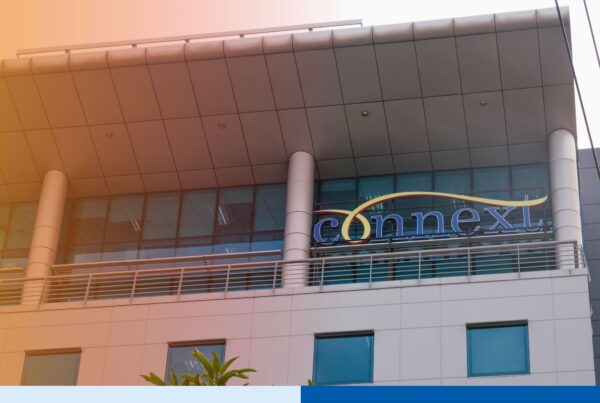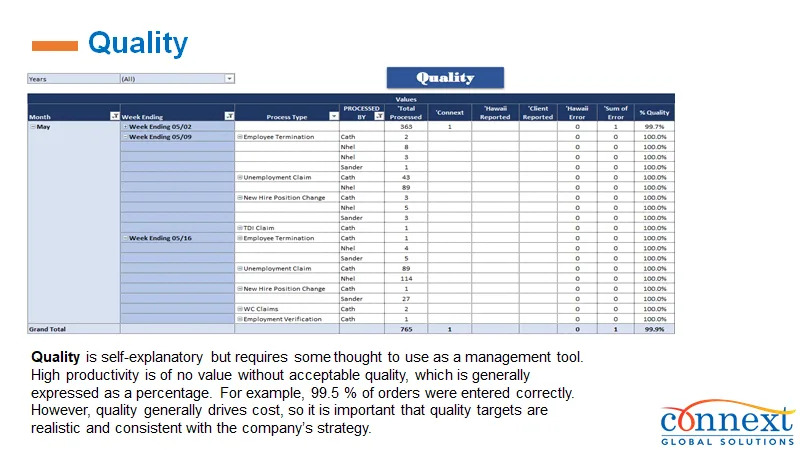
Photo by Shvets Production via Pexels
Financial success is the ultimate goal of every business, regardless of size or industry. For small businesses, managing finances can be a daunting task, especially when it comes to revenue cycle management. The revenue cycle is a crucial aspect of any business, as it involves the flow of money from the moment a product or service is sold until payment is received. To ensure financial stability and growth, small businesses must master revenue cycle management.
In this article, we will provide a 13-step roadmap to mastering revenue cycle management for small businesses. We will cover everything from creating a budget to managing accounts receivable and optimizing cash flow. By following these steps, small businesses can improve their revenue cycle management and achieve financial success.
Step 1: Create a budget
The first step in mastering revenue cycle management is creating a budget. A budget is an essential tool that allows small businesses to plan and track their finances. It helps business owners understand their expenses, income, and cash flow and make informed decisions about spending and investments.
To create a budget, start by listing all your expenses, including fixed costs like rent, utilities, and salaries, as well as variable costs like supplies and inventory. Next, estimate your income based on sales projections or historical data. Finally, subtract your expenses from your income to calculate your net cash flow.
Step 2: Monitor your cash flow
Once you have created a budget, it’s essential to monitor your cash flow regularly. Cash flow refers to the amount of money that flows into and out of your business over a specific period. Positive cash flow means more money is coming in than going out, while negative cash flow means more money is going out than coming in.
By monitoring your cash flow regularly, you can identify potential issues before they become significant problems. You can also make informed decisions about investments and spending to optimize your cash flow.

Photo by Leeloo Thefirst
Step 3: Implement efficient invoicing processes
Efficient invoicing processes are critical to revenue cycle management. It should be done promptly and accurately, with clear payment terms and instructions. Delayed or inaccurate invoicing can lead to payment delays, which can impact cash flow and revenue.
To ensure efficiency in the process, consider using invoicing software that automates the process. This software can create and send invoices automatically, track payments, and manage overdue balances.
Step 4: Offer multiple payment options
Offering multiple payment options is another essential aspect of revenue cycle management. Customers have different preferences when it comes to paying for products or services. By offering multiple payment options, you can make it easier for customers to pay and reduce payment delays.
Consider offering options like credit card payments, PayPal, and ACH transfers. Make sure to communicate these options clearly on your invoices and website.
Step 5: Follow up on overdue payments
Following up on overdue payments is crucial to revenue cycle management. Late payments can impact cash flow and revenue. It’s essential to have a process in place for following up on late payments, including reminder emails, phone calls, and collection letters.
Consider using an automated system to manage overdue balances. This system can send reminders automatically, track payment history, and escalate collection efforts if necessary.
Step 6: Manage accounts receivable
Managing accounts receivable is another critical aspect of revenue cycle management. Accounts receivable refers to the amount of money owed to your business by customers who have not yet paid their invoices.
To manage accounts receivable effectively, start by tracking outstanding balances regularly. Follow up on overdue payments promptly and consider offering incentives for early payments. You can also consider using factoring services to convert accounts receivable into cash quickly.
Step 7: Review your pricing strategy
Your pricing strategy can impact revenue cycle management significantly. Setting prices too high can lead to slower sales and payment delays while setting prices too low can impact profitability.
Review your pricing strategy regularly to ensure it aligns with your business goals and market conditions. Consider factors like competition, market demand, and production costs when setting prices.
Step 8: Streamline your inventory management
Inventory management can impact cash flow and revenue significantly. Too much inventory can tie up cash, while too little inventory can lead to stockouts and lost sales.
Streamline your inventory management by using inventory management software that tracks stock levels, sales history, and reorder points. This software can help you optimize your inventory levels and reduce the risk of stockouts.
Step 9: Optimize your accounts payable
Optimizing your accounts payable is another critical aspect of revenue cycle management. Accounts payable refers to the amount of money you owe to suppliers, vendors, or creditors.
To optimize your accounts payable, start by negotiating payment terms with your suppliers and vendors. Consider taking advantage of early payment discounts and using automated payment systems to streamline the process.
Step 10: Manage your expenses
Managing your expenses is essential to revenue cycle management. It’s essential to keep expenses under control to maintain profitability and cash flow.
To manage expenses effectively, start by tracking them regularly. Identify areas where you can reduce costs without impacting the quality of your products or services. Consider using budgeting software to create an expense plan and track actual spending against your budget.
Step 11: Create financial reports
Creating financial reports is essential to revenue cycle management. Financial reports provide valuable insights into the financial health of your business, including cash flow, revenue, expenses, and profitability.
Consider using accounting software to create financial reports automatically. These reports can be customized to meet your specific needs and updated in real time.
Step 12: Conduct regular financial reviews
Regular financial reviews are crucial to revenue cycle management. Conducting financial reviews allows you to identify potential issues and make informed decisions about investments and spending.
Consider conducting financial reviews monthly or quarterly. During these reviews, analyze your financial reports, monitor your cash flow, and identify areas for improvement.
Step 13: Seek professional help
Finally, if you’re struggling with revenue cycle management, don’t hesitate to seek professional help. Consider turning to an outsourcing firm that can provide expert advice and guidance.
Outsourcing your business’ revenue cycle management
Outsourcing revenue cycle management can be an effective way for small businesses to optimize their revenue cycle. Outsourcing can provide access to specialized expertise and technology that may not be available in-house. Outsourcing can also help small businesses reduce costs and improve efficiency.
Choosing the right revenue cycle management provider
Choosing the right revenue cycle management provider is essential to achieving financial success. Small businesses should look for providers with expertise in their industry or area of need. Providers should also have a proven track record of success and should be able to provide references from other clients.
Conclusion
Mastering revenue cycle management is critical to achieving financial success for small businesses.
By following these 13 steps, small businesses can optimize their revenue cycle and improve cash flow. Small businesses should also consider outsourcing revenue cycle management to gain access to specialized expertise and technology. When choosing a provider, small businesses should look for providers with expertise in their industry or area of need and a proven track record of success. With the right approach to revenue cycle management, small businesses can achieve financial success and maintain a competitive edge in today’s market.
Connext Global Solutions provides Healthcare Outsourcing for healthcare organizations. Outsource Healthcare services to Connext today
Connext Global Solutions helps companies build custom, dedicated support teams in the Philippines. Learn more about Connext Global Solutions.
Discover how to enhance your orthopedic practice’s financial health with our latest blog post on streamlining orthopedic revenue cycle management. Dive into expert insights and strategies tailored for small businesses seeking financial success.









